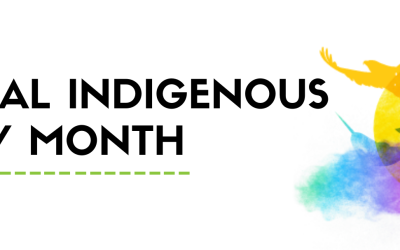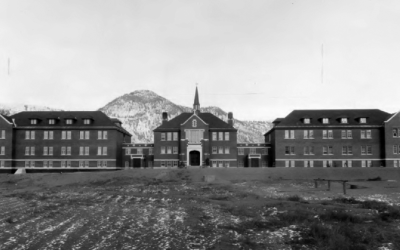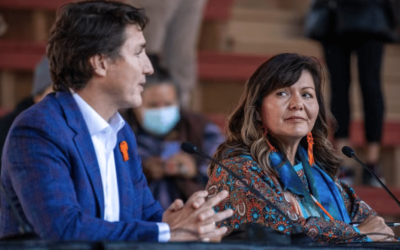Indigenous and Northern Affairs Canada (INAC) did not become as stand-alone federal government department until 1966. Since then, it has ballooned in size to become a vast department with jurisdictional reach over 90 percent of Canada’s land mass.
INAC, which is in the process of being split into two departments, is unlike other federal government departments. It is more like a federally-run “province”, in that it provides a wide range of federal, provincial and municipal services to a specific group of Canadians. IA+ (Indigenous Affairs plus 33 federal departments and agencies acting as its co-delivery partners) delivers comprehensive birth-to-death services to a client base across the country of about 1.15 million Indigenous people. IA+ is effectively a “super-province”, funded by federal “transfers” that put it in the same league as Canada’s two largest provinces, Quebec and Ontario. However, unlike a real province, the “citizens” of IA+ do not have the power to hold that administration accountable to them, nor can they vote out a failed administration and replace it with one of their choosing. IA+ may be a super-province but its “citizens” are uniquely powerless.
The same issues of grinding poverty, powerlessness and the resultant social pathologies plaguing so many Indigenous communities that IA was attempting to address in 1966-67—with a budget of $131.7M—are the exact same issues IA+ is still failing to address 50 years later—with an annual budget of about $19.1B and growing. New federal spending announcements in 2018 of $4.8B and $1.7B mean that IA+ may soon surpass Quebec as the largest “province” in Canada.
View entire PDF here: FB126_SuperProv_DC0218_F8



